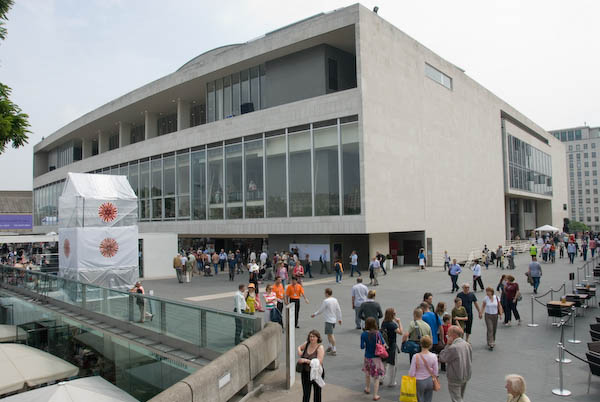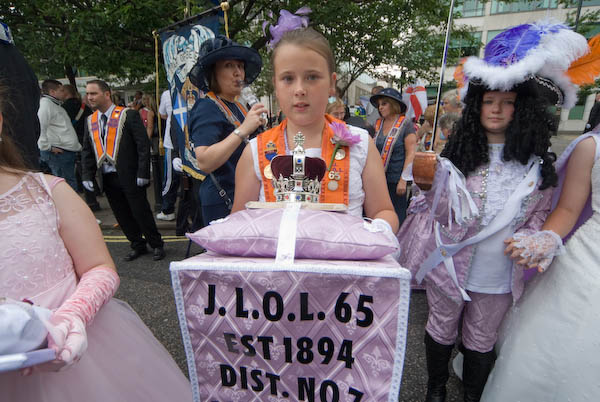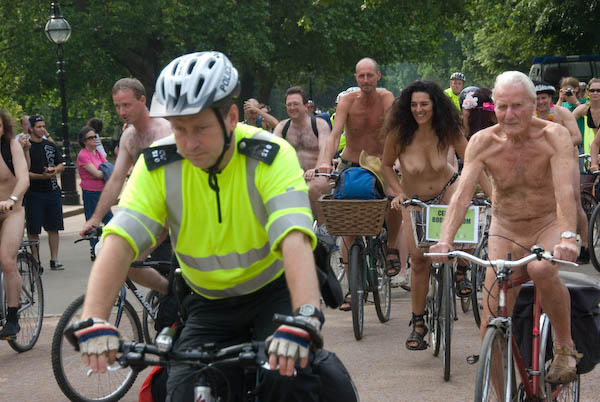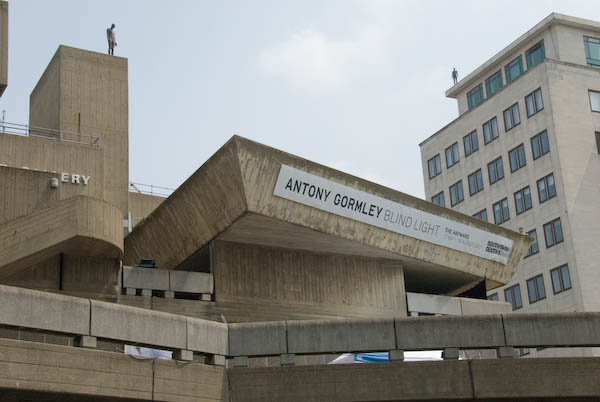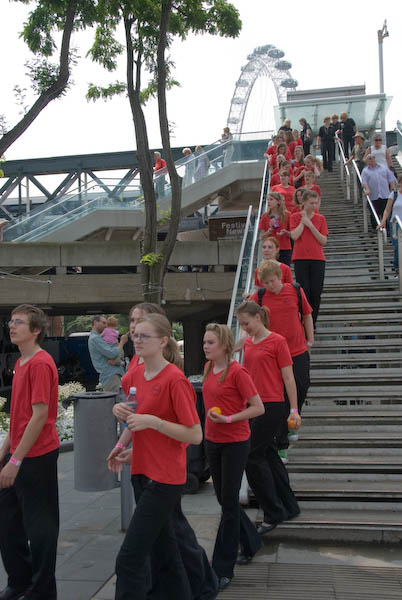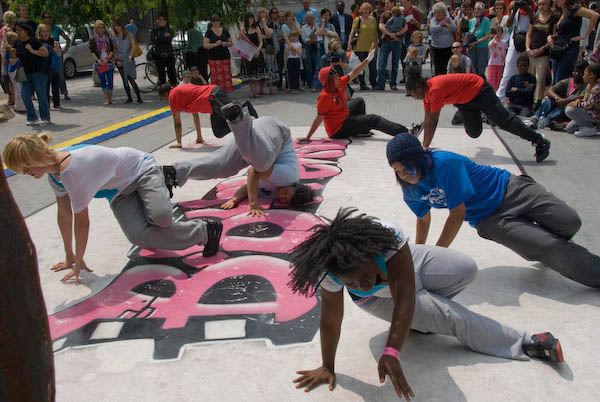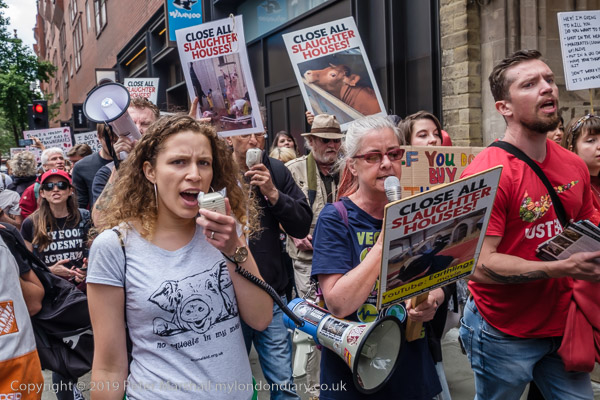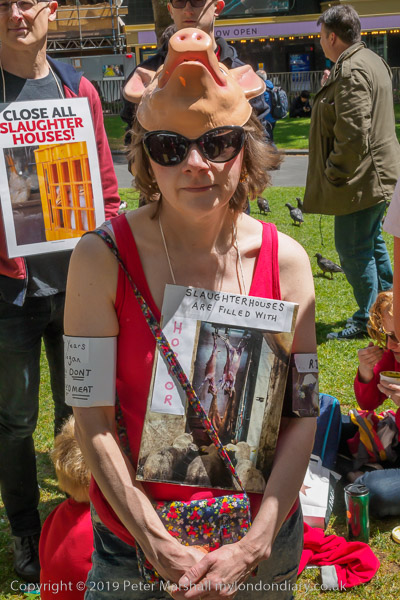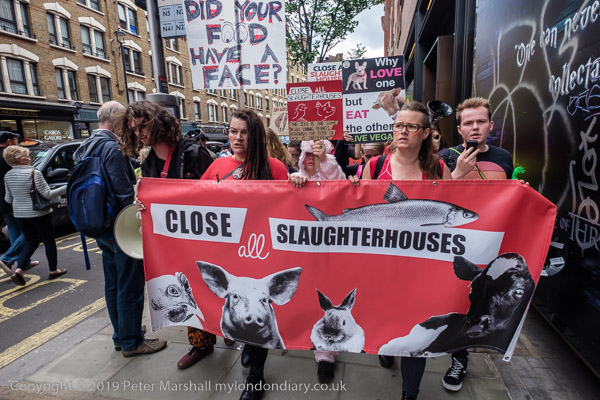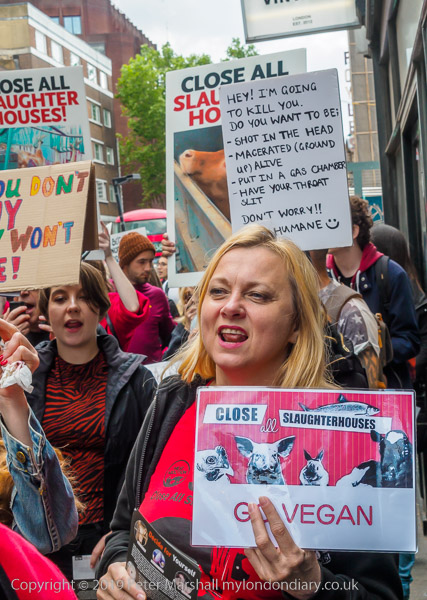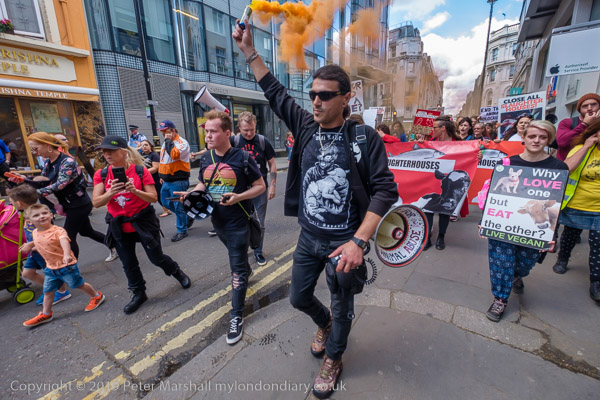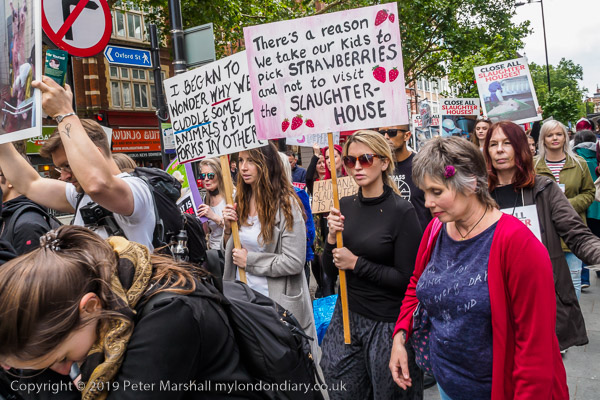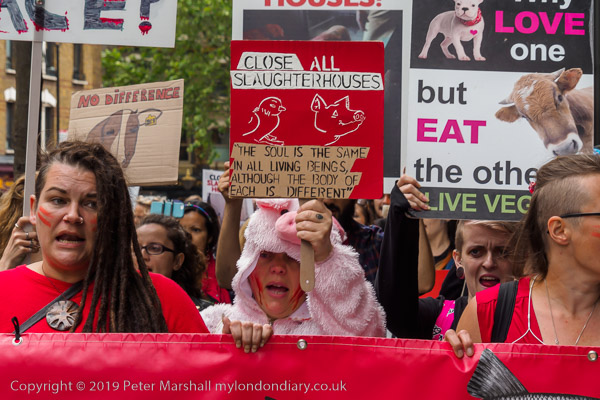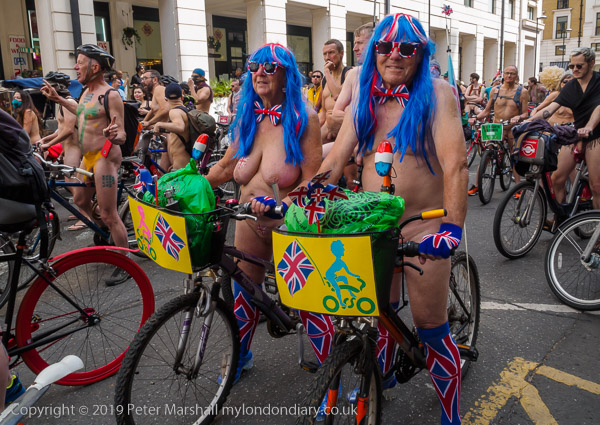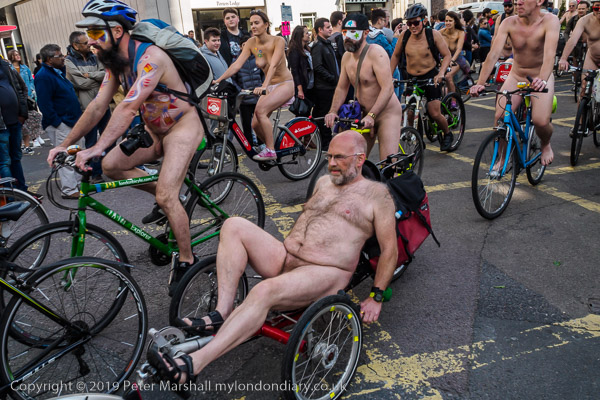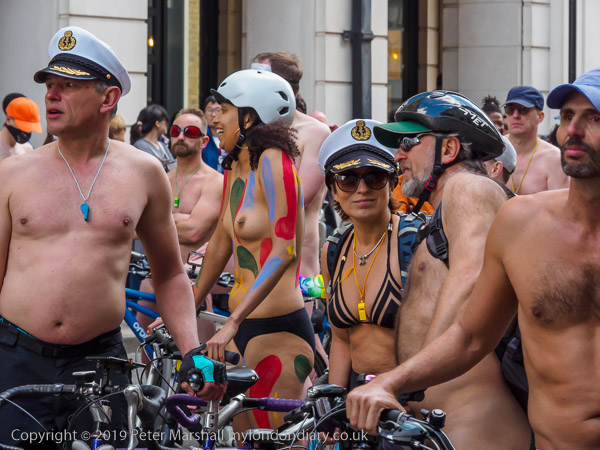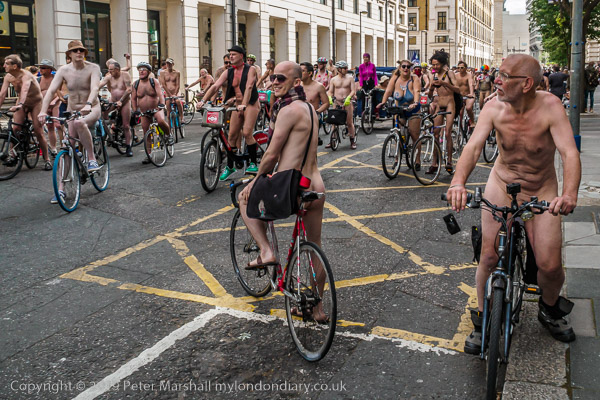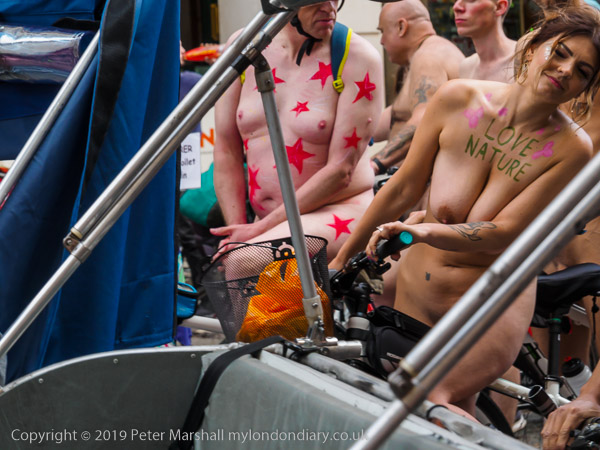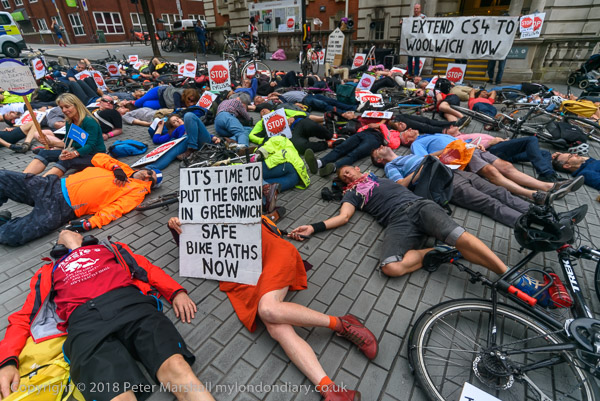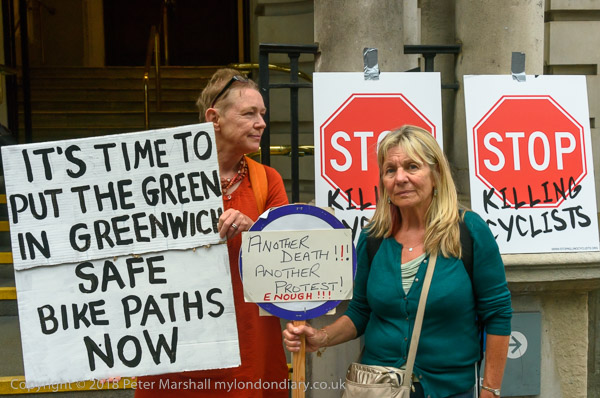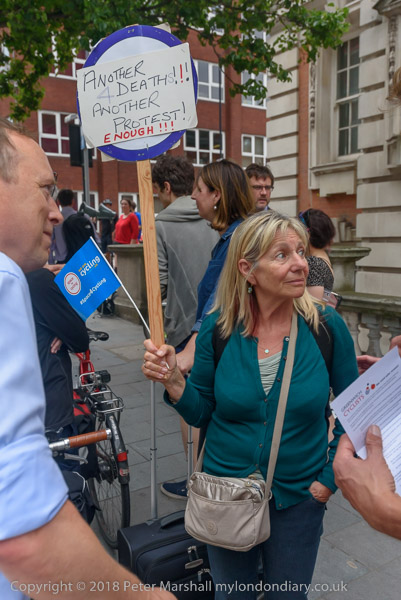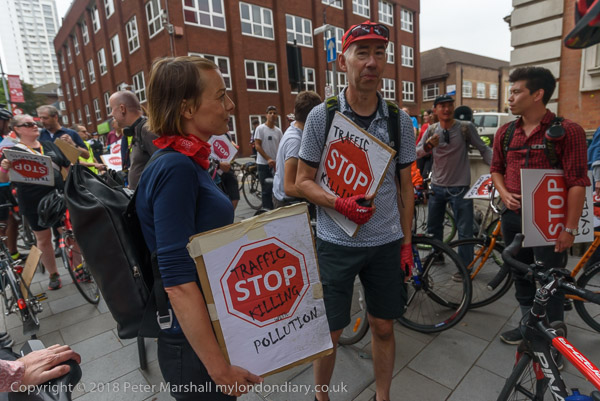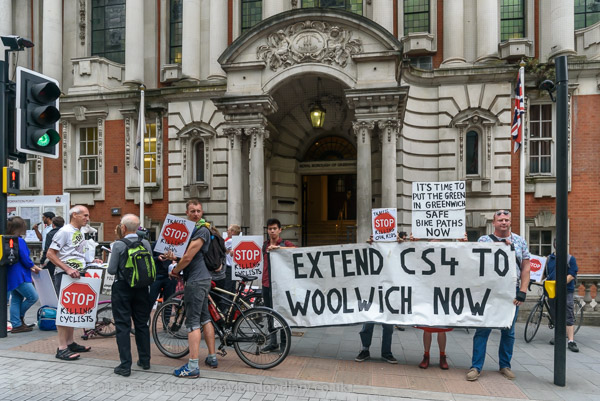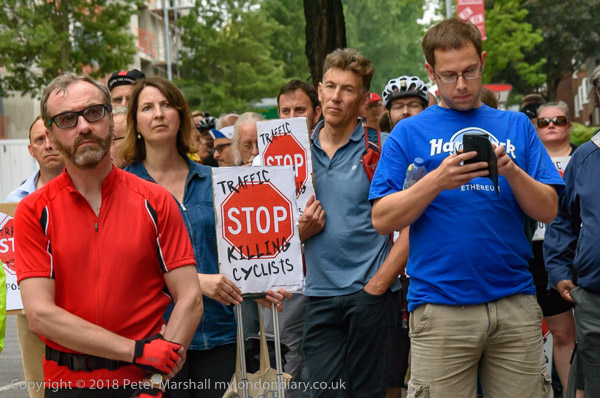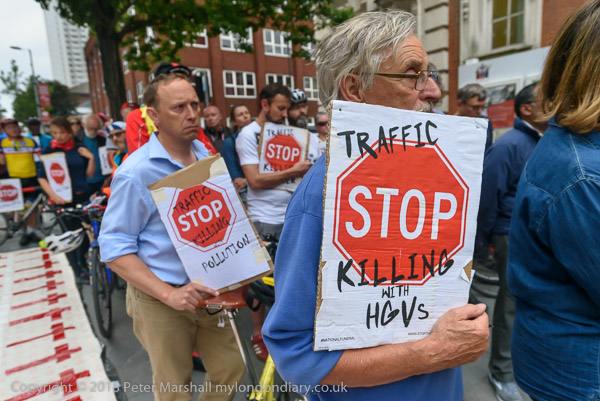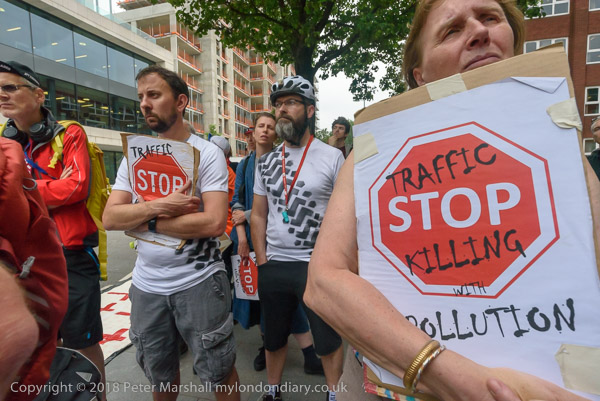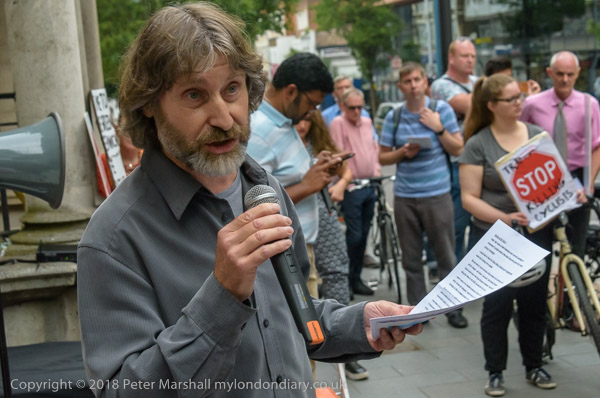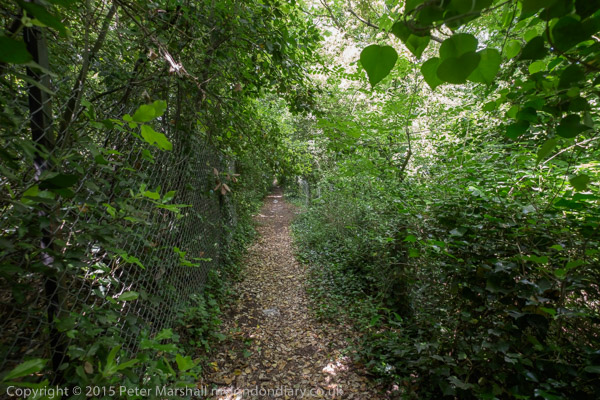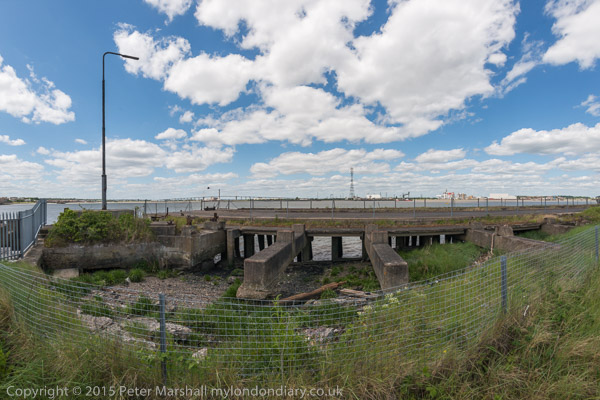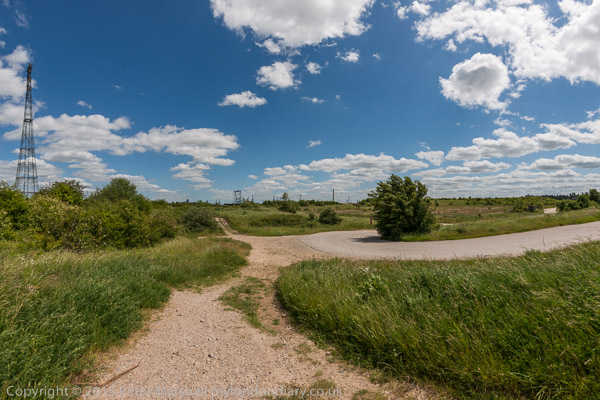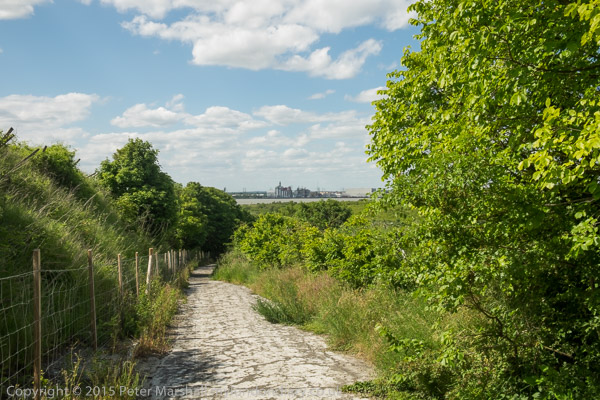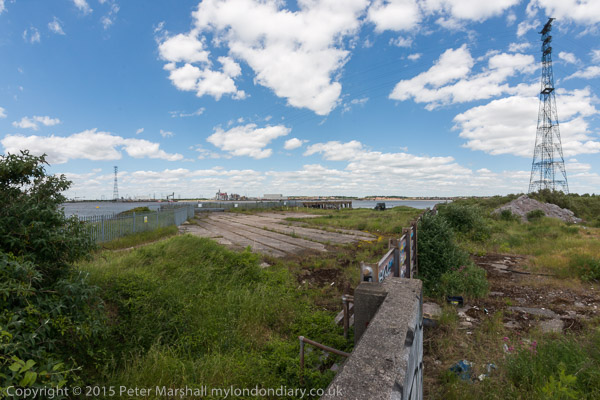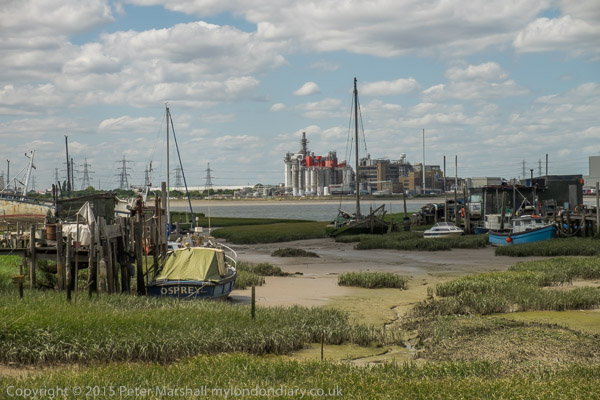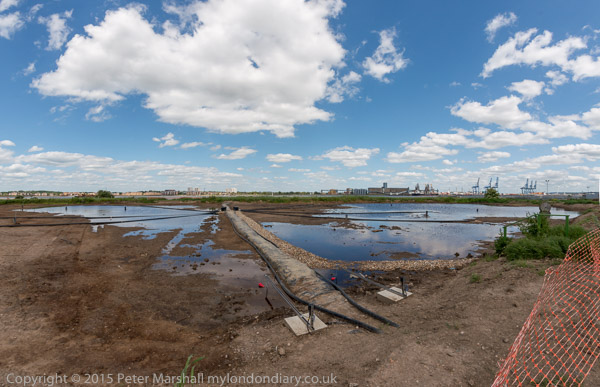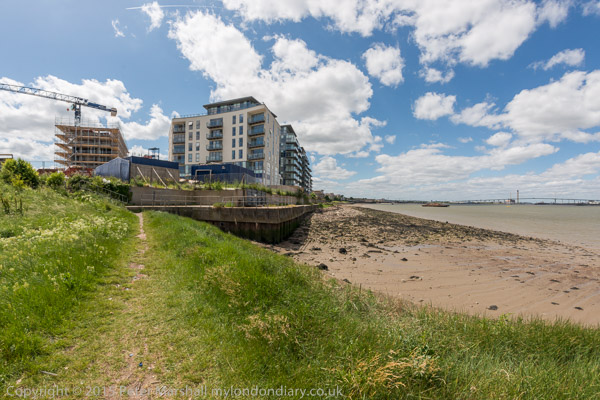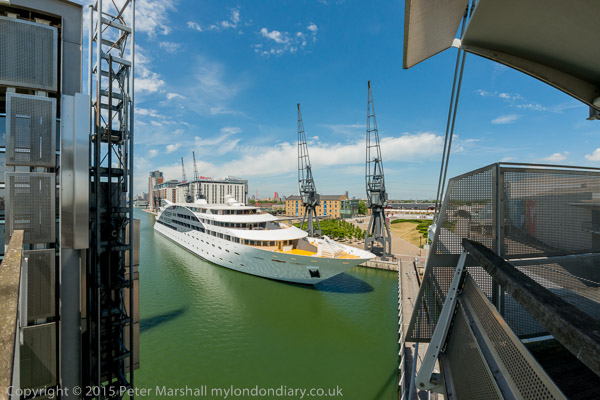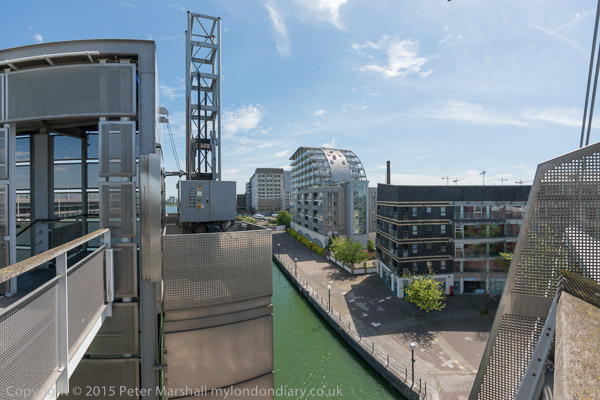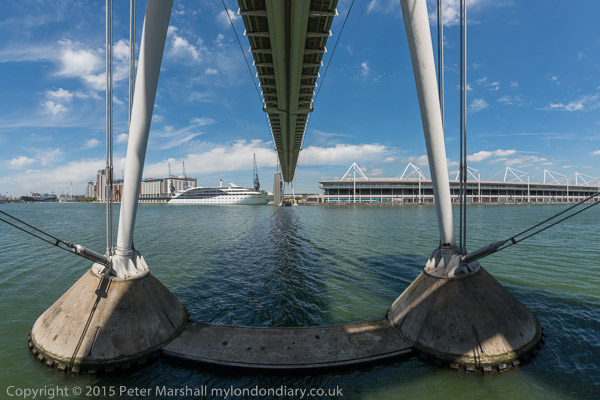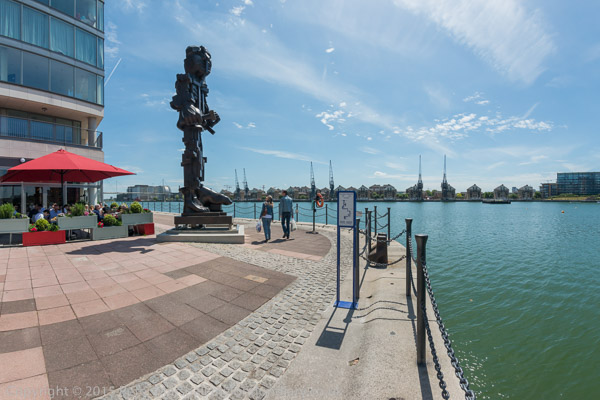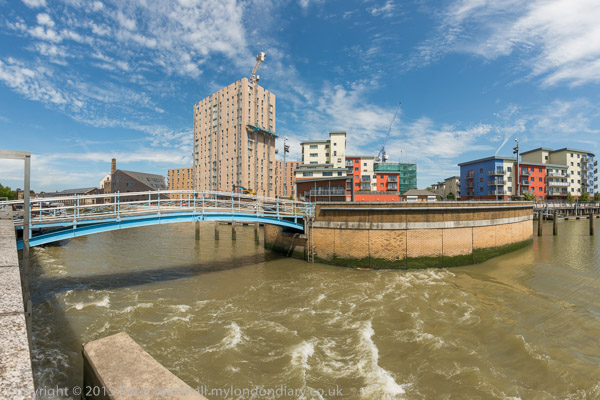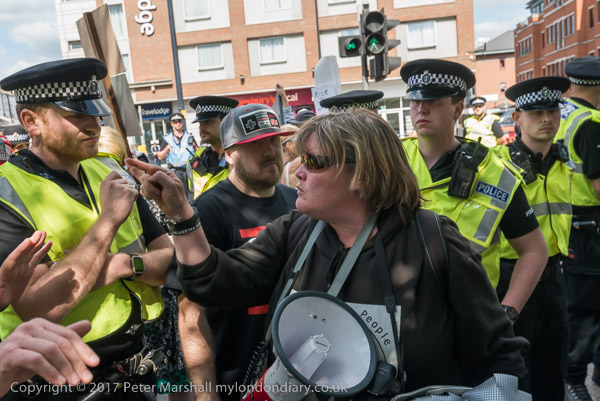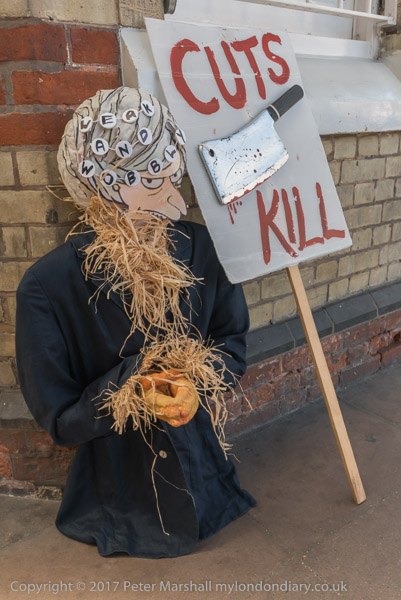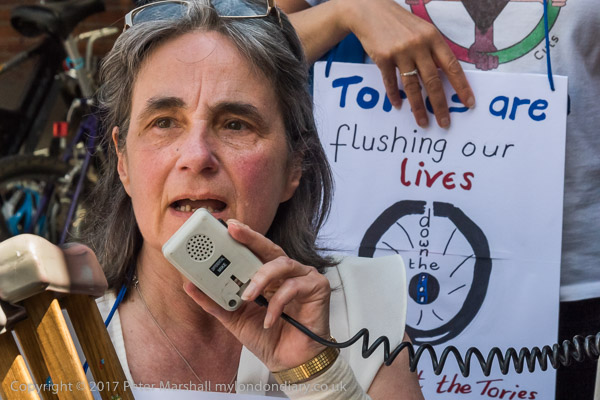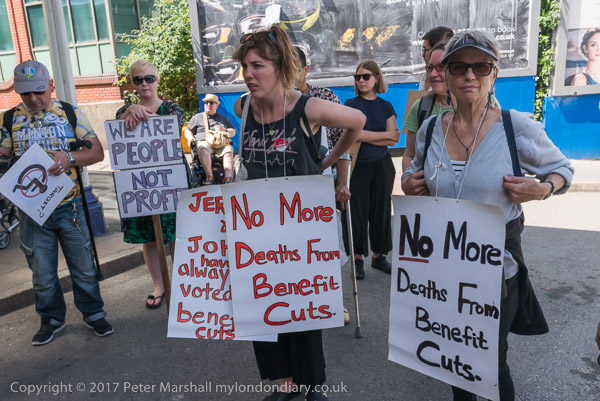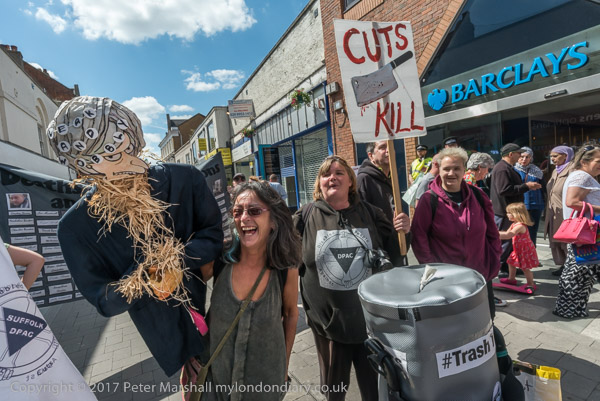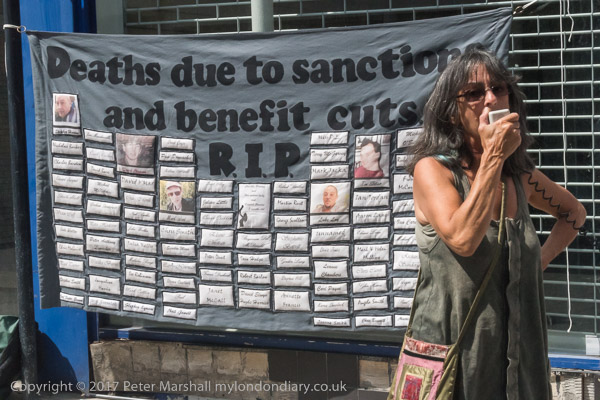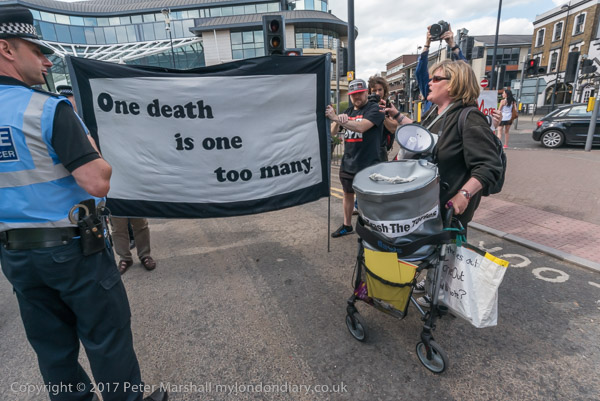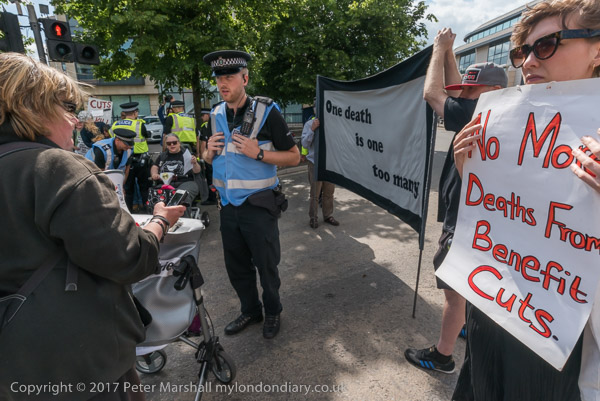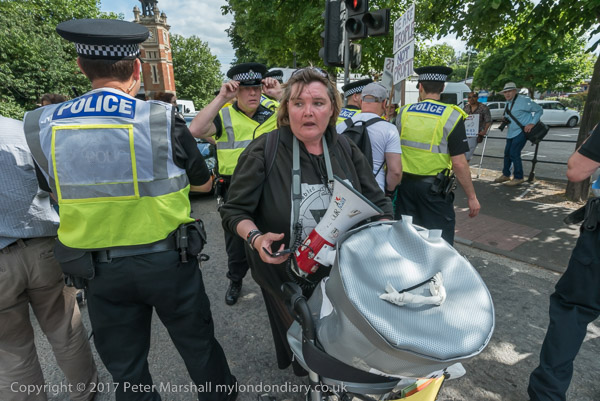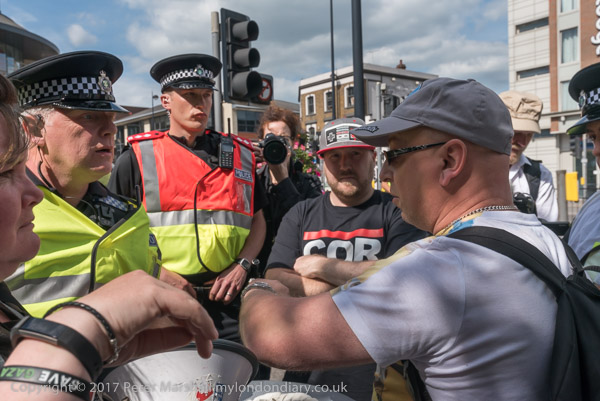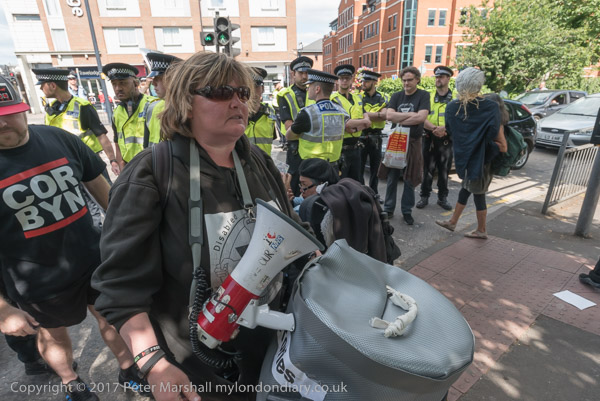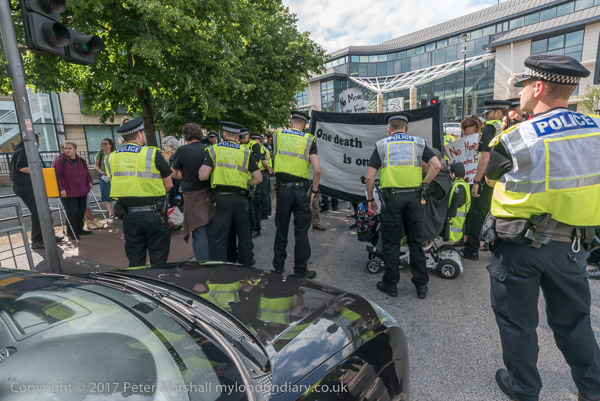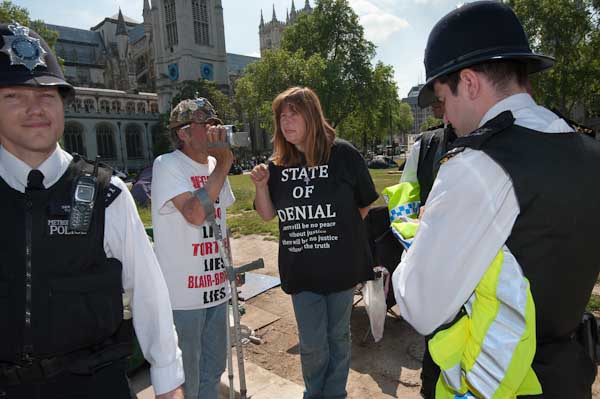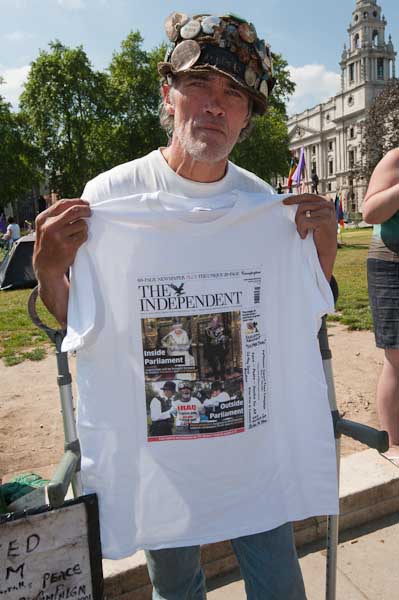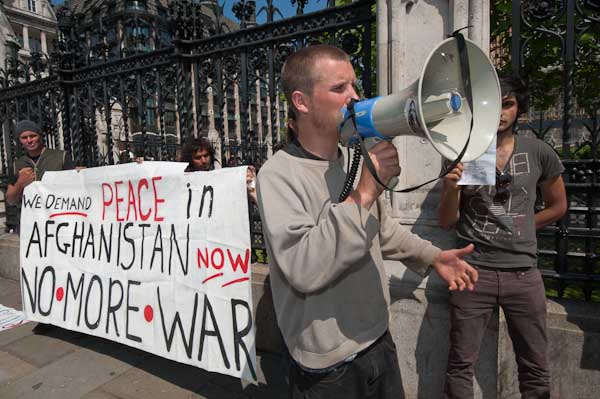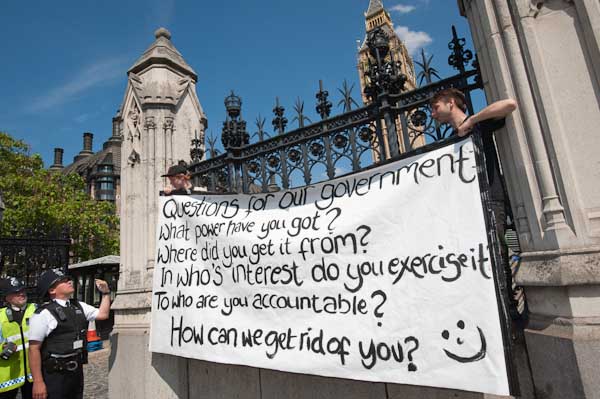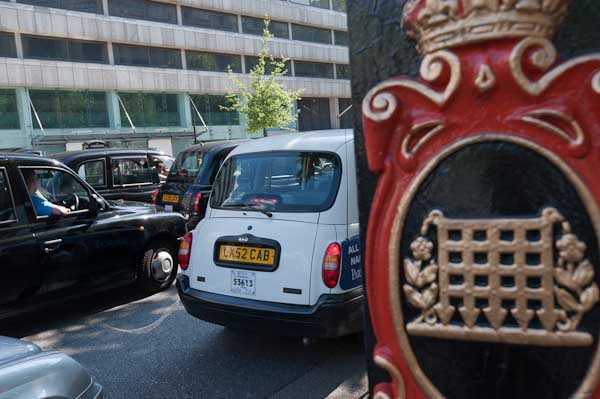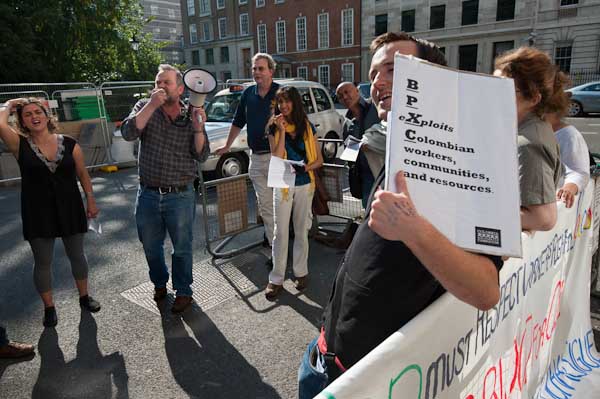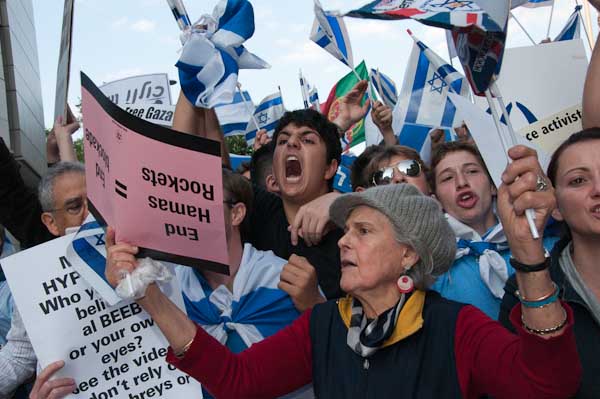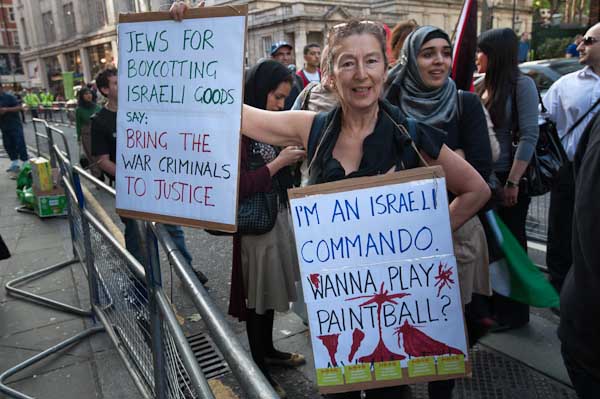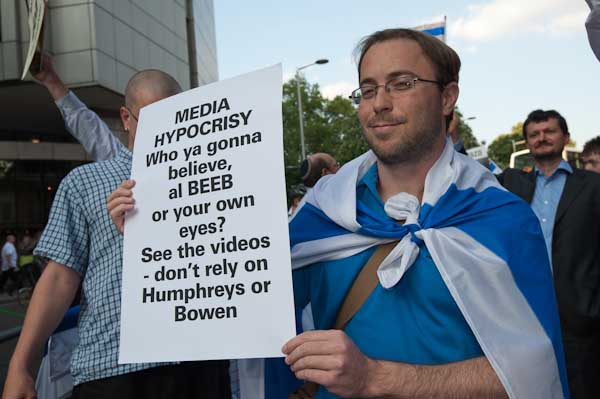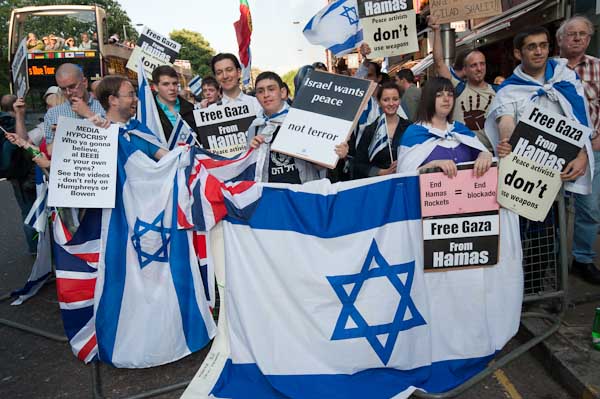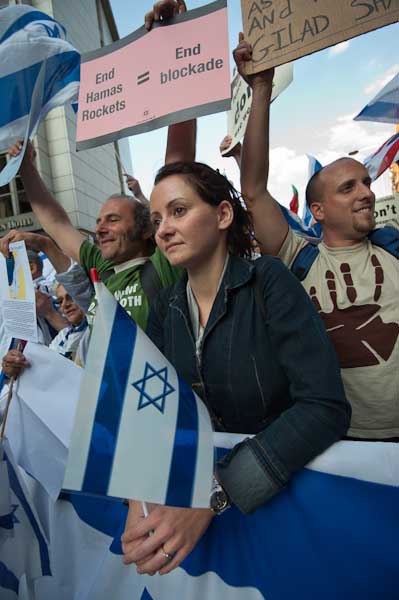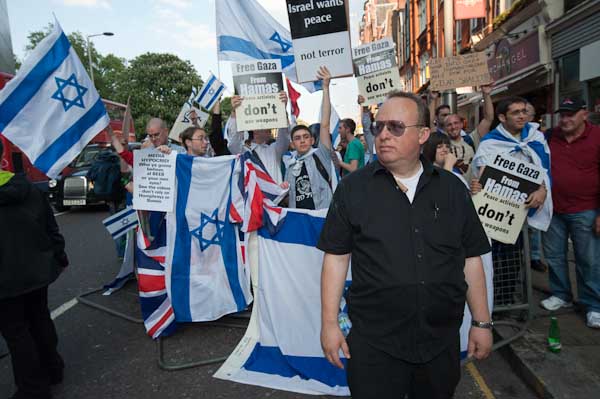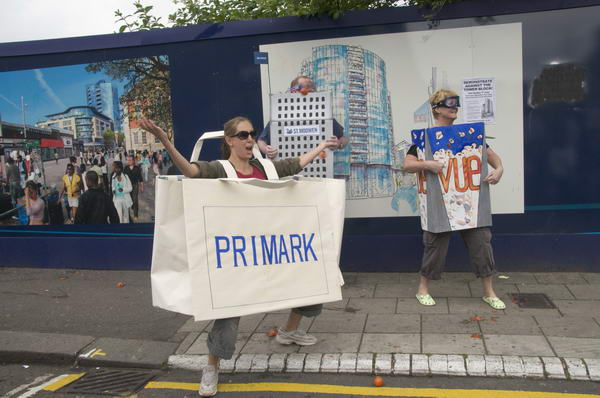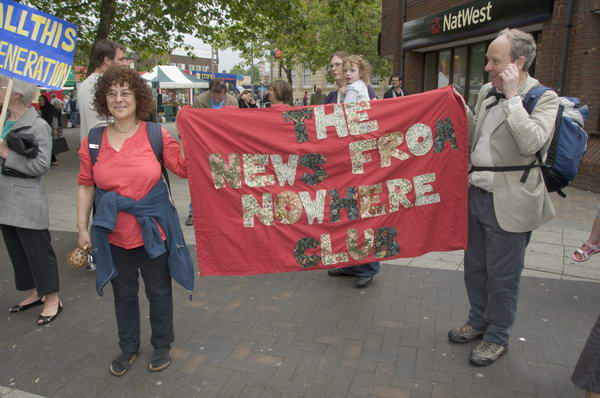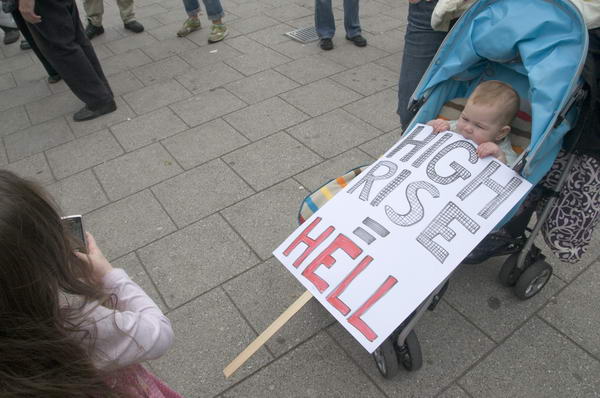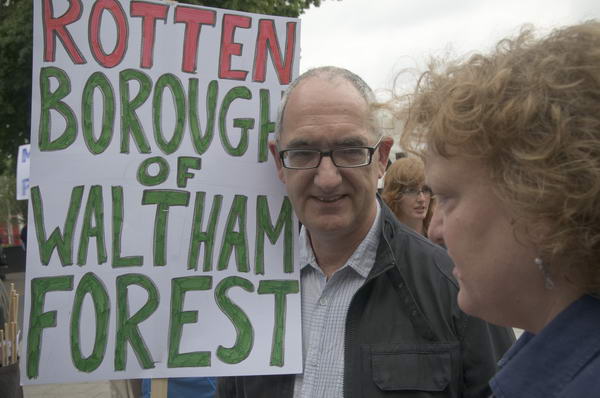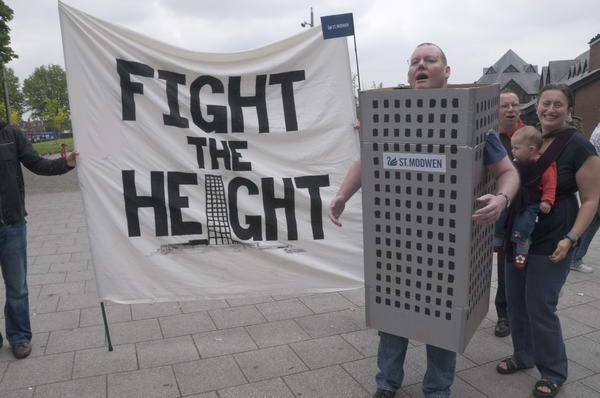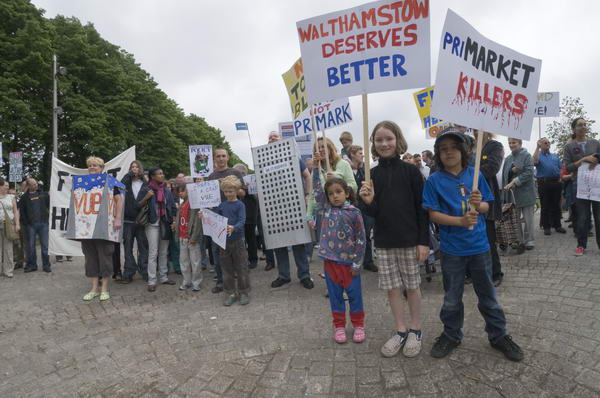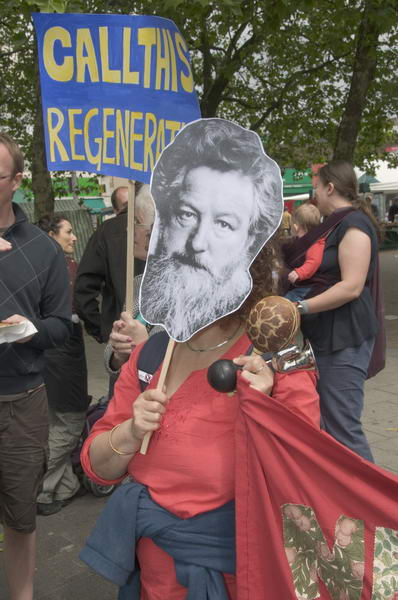Church Hall, Station, Shops, Hospital – Leytonstone 1989 – more from my walk on Sunday September 3rd 1989.
I think this was built as the church hall for Trinity Presbyterian Church. The church was founded in 1863 and the hall was built the following year, the church coming later in 1870. The church closed in 1941 and both church and hall were used as factories. The church burnt down in 1953. This building was certainly still in use by Dossetter in the 1970s but since I photographed it has been replaced by flats. The block at left is still there.
Another view of the former church hall. The road layout was altered at least twice sinc I made this pictre and there is now a pedestrianised area with a 10m spiral tower by Malcolm Robertson carrying a clock.
Maryland Station was opened as Maryland Point Station in 1873 by the Great Eastern Railway, 34 years after the line was built. It was renamed as simply Maryland in 1940 and the new buildings were built during the war years in LNER Art Deco style, designed by Sir Thomas Penberthy Bennett, then Director of Bricks at the Ministry of Works. Later he was to be the main architect for Crawley New Town and Stevenage. Network SuuthEast, created in 1982, later added their sign which I think fits reasonably well with the rest.
I could not walk by Scorchers, a 24hr Ironing Service without photographing their signage. I think their 24hrs was the turnaround time rather than suggesting people might have an urgent need for some ironing at say, 3am which they would rush to deal with, though I did have a vision of a van with flashing blue lights and an ironing board rushing through the streets. I cannot now find the exact location and think these buildings may have been on a side street and have probably since been demolished.

I wouldn’t normally post this in these posts as it is only a very slight variation on an image from my previous post. I’d turned around and taken the pictures above and then came back to this place to make a further six frames – a very unusual thing for me, but I was determined to get this exactly as I wanted it. And here it is with the text that came with it on the web site for my ‘1989’ project.
Again from ‘1989’

This splendid building is still there just a little off Leytonstone Road in Thorne Close and was built as the Board Room block for the West Ham Union Workhouse around 1870. In 1930 West Ham Borough Council renamed it the Central Home Public Assistance Institution and it was again renamed when it became art of the NHS as Langthorne Hospital. It continued to specialise in geriatric care and had the motto ‘fiat jucunda senectus’ – let there be the delights of old age. It was finally closed in 1999. The older buildings on the site are all Grade II listed.
The Langthorne Health Centre is still at 13 Langthorne Road, though it appears now to be run by L L Medical Care though still giving NHS treatment.

Another from the web site – though these images without the text are on Flickr. Here I’m presenting the images in the order they were taken, but in the book and web site they were thoughtfully sequenced – and perhaps make a little more sense. The book preview shows around half of the book’s 20 pictures.
More from this walk to come.
Flickr – Facebook – My London Diary – Hull Photos – Lea Valley – Paris
London’s Industrial Heritage – London Photos
All photographs on this page are copyright © Peter Marshall.
Contact me to buy prints or licence to reproduce.






